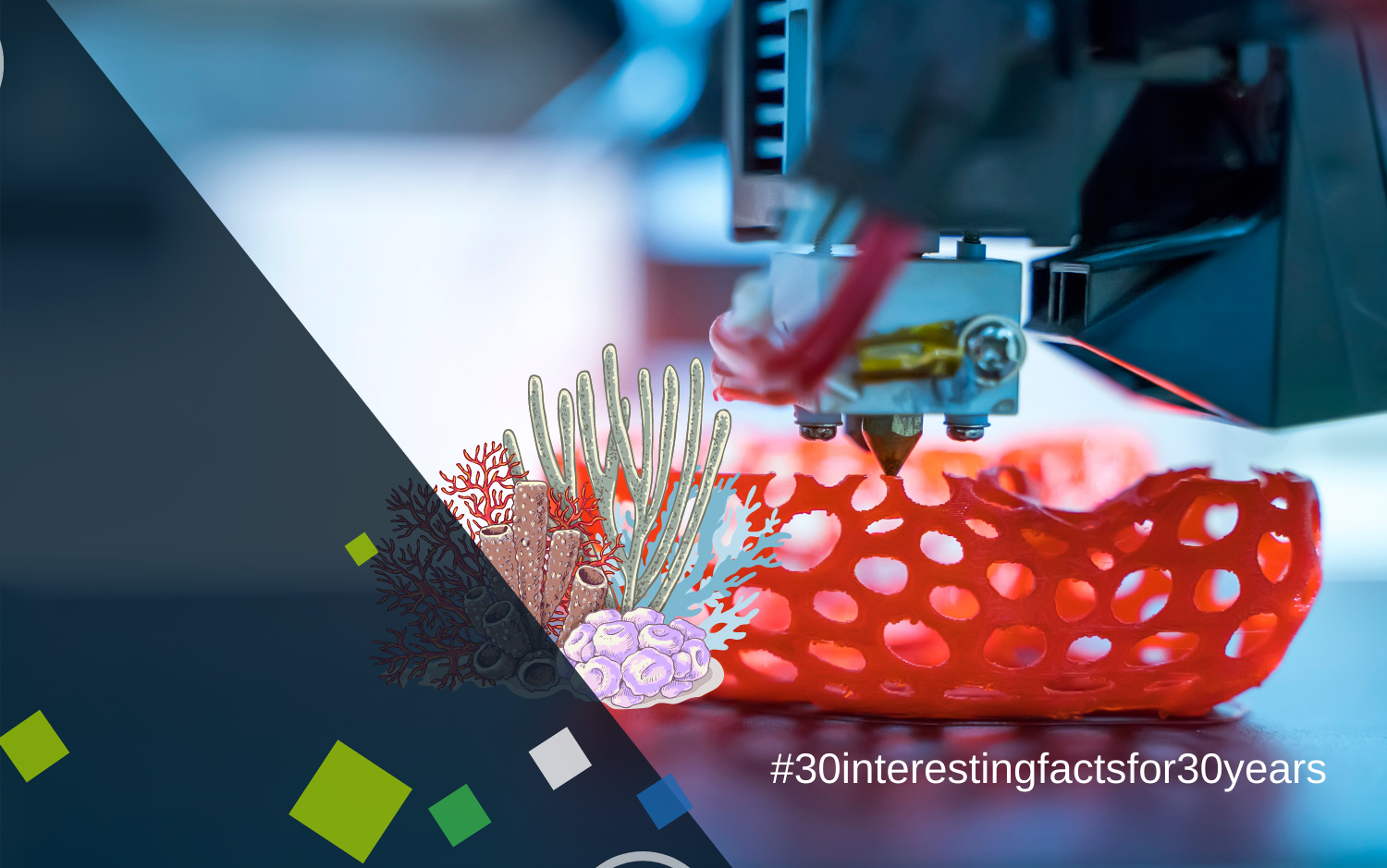Coral reefs belong to the ecosystems that are the most sensitive to climate change, and thus serve as a perfect study example of the changes taking place on our planet. Scientists are working hard to protect and regenerate them using a wide variety of innovative approaches.
Coral reefs are generally found in well-lit and warm waters, and although they do not cover a significant area, it is estimated that about 25% of all marine species depend on them, either directly or indirectly. The largest coral reef, about 2300 km long, is the Great Barrier Reef, located off the east Australian coast. Visible even from space, the Great Barrier Reef is home to hundreds of coral, fish and mollusk species, several species of sea turtles, and even whales and dolphins.
Apart from the fact that they serve as natural breakwaters, coral reefs are a popular destination for generally understood marine tourism. Anyone who has ever been reef diving knows the great beauty of the bustling sea life there. However, marine tourism and fishing is not all that coral reefs have to offer; multitude of creatures living on and around them give researchers a unique opportunity to find new chemical compounds that may contribute to the development of novel drugs.
The threats they face are numerous and, to make matters worse, they arise from all sorts of different reasons. The most important endangering factor is definitely climate change with its rising temperatures that result in the fading of corals. However, it is not the only problem, as pollution and acidification of the oceans – a topic only briefly outlined herein – is equally destructive.
Various reports show that by 2050 as much as 95% of the global coral reefs will be exposed to temperature stress leading to coral fading. This would probably not pose such a big problem were it not for the fact that natural reef regeneration is a slow process. Also, destroyed coral reefs are less likely to reproduce: for example, the average annual growth of the Great Barrier Reef is only 5-8 mm!
It has already been stressed that reef regeneration is a time-consuming process, however, an interesting research results have been published recently that concern 3D printing technologies used to regenerate coral reefs. To put it simply, the scientists managed to create an artificial coral skeleton on the basis of the natural one which ensures rapid growth of the coral micro-fragments, as there is no need to construct a calcium skeleton that forms the basis of the reef structure. Unlike other similar methods, this technology relies on the passive colonization of the printed substrate, i.e. the attachment of coral micro-fragments to the printed skeleton.

